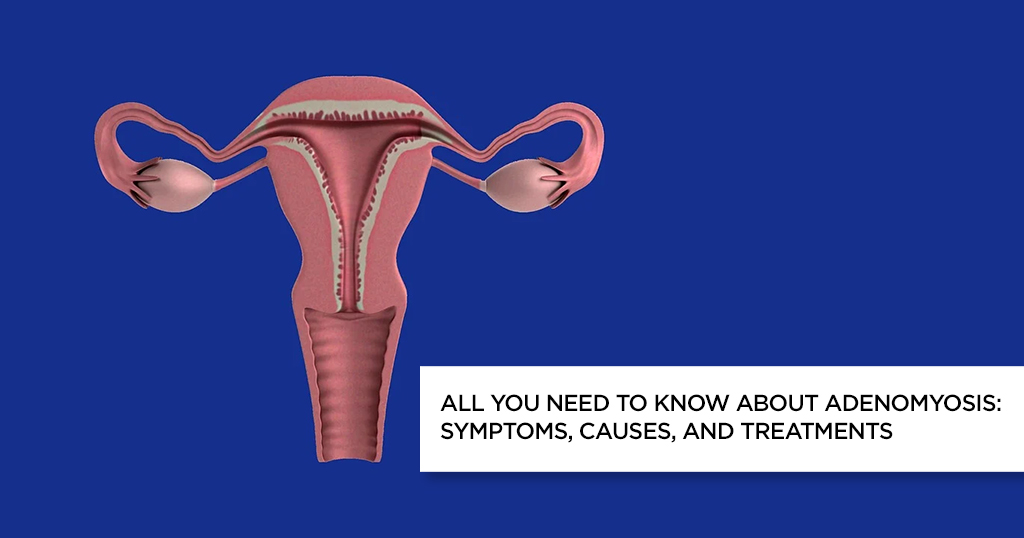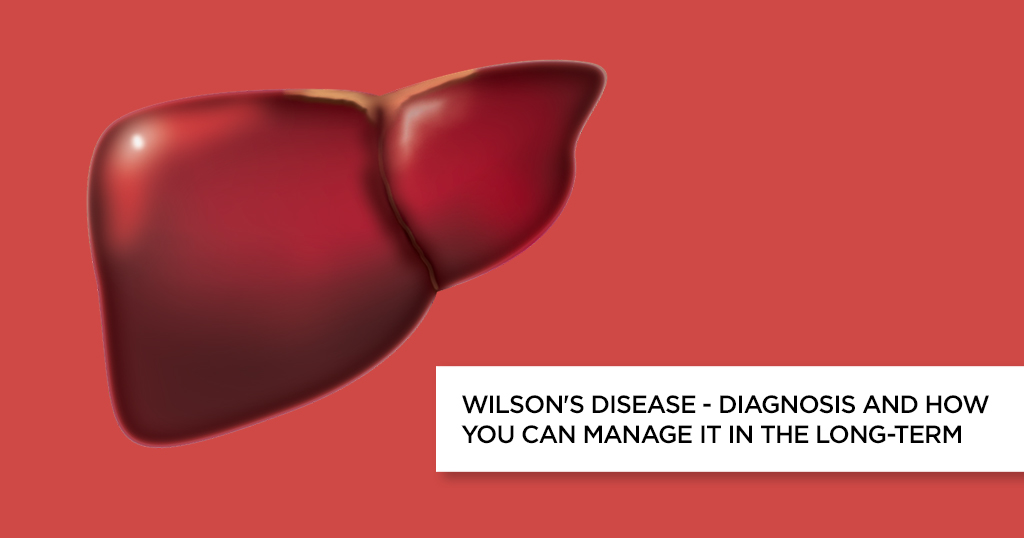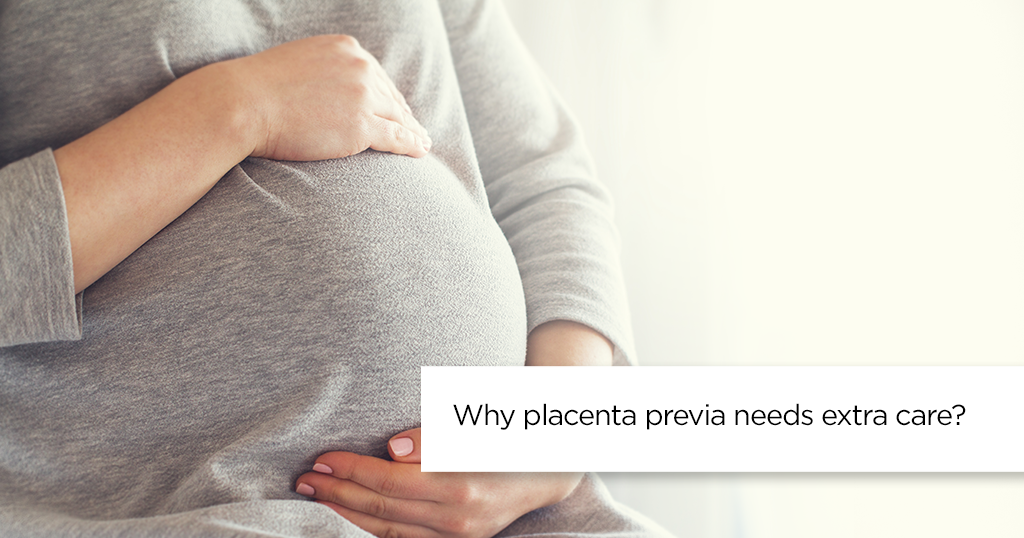All You Need to Know About Adenomyosis: Symptoms, Causes, and Treatments


Adenomyosis is a medical condition where the inner tissue lining the uterus, also known as endometrium, starts to grow into the muscular wall of uterus. The causes of adenomyosis are not known yet, but the condition usually resolves on its own after menopause. It often develops in middle-aged women.The displaced tissue continues acting normally (thickening, breaking down as well as bleeding) during each menstrual cycle. This can result in an enlarged uterus and painful, heavy periods.
It can cause lower abdominal pain, severe menstrual cramps, and bloating before periods. You may experience heavy menstrual flow as well due to adenomyosis.
Adenomyosis can affect the whole uterus or just occur in one spot. Adenomyosis is considered to be benign, i.e., not life-threatening. But, the constant pain and discomfort can affect the quality of a woman’s life.
What is Adenomyosis?
Adenomyosis is common in women of middle age and other related factors are previous childbirths and uterine surgery previously at some point in their lives like fibroid removal and C-section during childbirth .
What Causes of Adenomyosis?
The exact causes of adenomyosis are not known yet. But some of the theories suggest:
● Invasive tissue growth
The endometrial cells from the uterine lining invade the muscles that form the uterine wall. In some cases, incisions made during a C-section might push the endometrial cells directly into the walls of the uterus, resulting in the development of adenomyosis.
● Uterine inflammation during childbirth
There might be a link between childbirth and adenomyosis. During the postpartum period, the inflammation of the lining in the uterus might break the normal boundary of the cells of the uterus, causing adenomyosis.
● Developmental origins
When the uterus is formed in the foetus, the endometrial tissue gets deposited in the uterine lining, causing the development of adenomyosis later in life.
What are the Symptoms of Adenomyosis?
Adenomyosis can cause:
● Heavy menstrual bleeding.
● Dysmenorrhea – Severe menstrual cramps.
● Dyspareunia – Painful sexual intercourse.
● Bloating.
● Abdominal pain.
Complications
Chronic anaemia is one of the complications of adenomyosis. It is developed after having prolonged, heavy bleeding during menstruation. If left untreated, it can lead to fatigue and several other health problems.
Risk factors of Adenomyosis
The risk factors for adenomyosis include:
● Middle age.
● Childbirth.
● Previous uterine surgery like fibroid removal, C-section.
Most of the cases of adenomyosis depend on the estrogen level in the body. It is commonly found in women in the age group 40-50 years. Longer exposure to estrogen as compared to young women might be the cause. A few recent studies show that it might be common in younger women as well.
Diagnosis of Adenomyosis:
Your doctor may suspect adenomyosis based on:
● Signs and symptoms
● A pelvic exam that reveals an enlarged, tender uterus
● Ultrasound imaging of the uterus
● Magnetic Resonance Imaging (MRI) of the uterus
Treatment of Adenomyosis
The treatment options rely on many factors, including symptoms and severity of the condition. Mild symptoms are often treated with medication
Since adenomyosis often resolves itself after menopause, the doctor might suggest a treatment plan depending on your age.
Treatment for adenomyosis include:
● Hormone therapy
Hormone therapies help treat symptoms like heavy and painful periods. A levonorgestrel-releasing IUD (Intrauterine Device) is inserted into your uterus to help relieve the condition.
● Anti-inflammatory drugs
To relieve mild pain associated with uterine adenomyosis, nonsteroidal anti-inflammatory drugs such as ibuprofen are prescribed by the doctor. The medicine is started two to three days before your period starts and is to be taken till the end of your period cycle. It helps reduce menstrual flow and relieves pain.
● Uterine artery embolization
This is a procedure, commonly used to help shrink fibroids in the uterus. The procedure prevents some arteries from supplying blood to the affected area. As the blood supply is cut off, the adenomyosis shrinks
● Endometrial ablation
In some patients where the adenomyosis has not penetrated deeply into the muscle wall, this procedure is quite useful. It destroys the endometrial wall of the adenomyosis-affected uterus.
In severe cases, the doctor might recommend hysterectomy – removal of the adenomyosis-affected uterus . The removal of ovaries may not be necessary to control adenomyosis.
FAQ’s of Adenomyosis:
● What causes adenomyosis to flare up?
Theories suggest it might be due to previous uterine surgeries, or age among several other causes. Longer exposure to estrogen as compared to young women might be the cause
© Copyright 2024. Apollo Hospitals Group. All Rights Reserved.
 +91 8069991061
Book Health Check-up
+91 8069991061
Book Health Check-up







